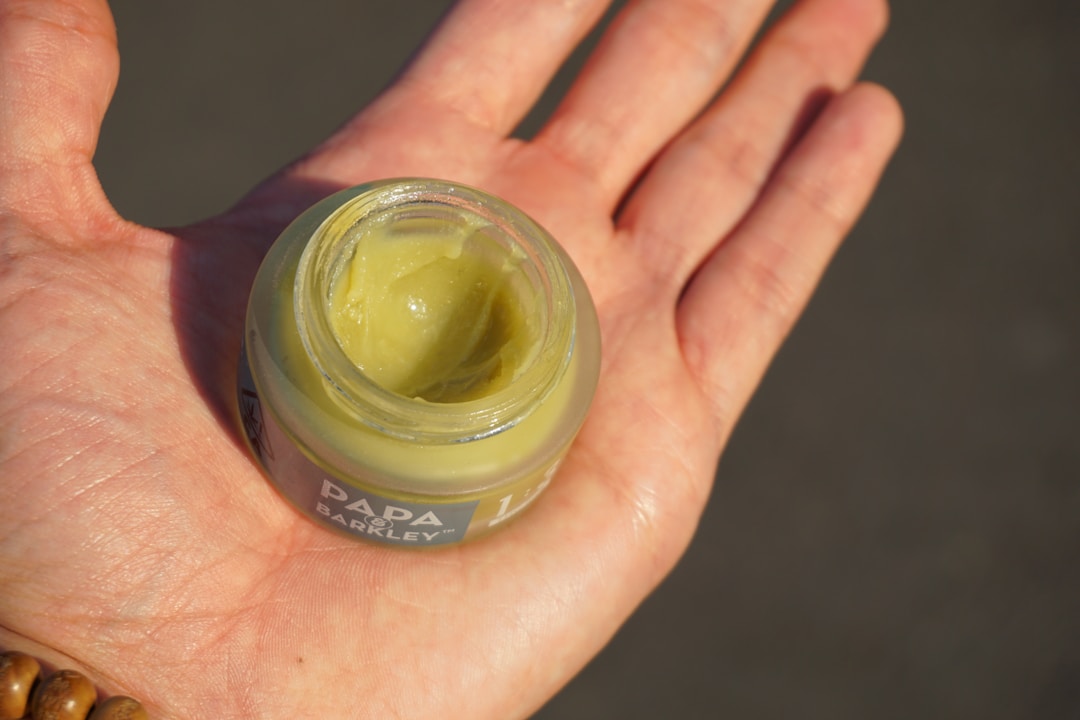There are several reasons someone might want to invest in a tattoo removal service. Reasons for tattoo regret vary and can be a little complicated. Perhaps your tastes have changed, and you no longer enjoy seeing Brian, the dog from Family Guy on your bicep each time you remove your shirt. You also may have gotten matching tattoos with your BFF only to realize that forever is quite a long time, and “best” may have been an overstatement.
Thankfully, the process of removing your tattoo is a bit more straightforward than the reasons you may want to remove it. You deserve to love the skin you are in, so investing in tattoo removal treatment is always a worthy endeavor.
Step one: Find a trustworthy tattoo removal service.

The tattoo removal process is similar in most laser treatment clinics. However, results and procedures may vary depending on which clinic you choose. A few things to look out for when researching a tattoo removal clinic include ultramodern equipment, fair pricing, and pain-reducing procedures. It can be challenging to recognize which facilities offer the best results. Consider checking the web pages of industry specialists like Fresh Start Laser Clinic for helpful information regarding laser technology and pain management procedures.
Many laser tattoo removal treatments are priced per square inch of tattoo coverage. If you have a large piece that you want to remove, this pricing model likely isn’t the best option for you. Like Fresh Start, some laser removal clinics offer pricing based on the general size in addition to flexible financing plans. If you are unsure what kind of treatment you’ll need, they also offer free consultations to get you started.
Step Two: The laser removal process.

Laser treatments are not the only form of tattoo removal. There are also excision and dermabrasion removal options. However, laser treatments tend to be the safest. Lasers break up pigment colors through the use of high-intensity light beams.
Since black pigment absorbs all laser wavelengths, it is the easiest of all inks to treat. Small tattoos may only require a few laser treatments, whereas larger tattoos may require a more extensive process. Laser tattoo removal does cause some discomfort, so it is beneficial to choose a clinic that utilizes the best numbing techniques on the market. For instance, Fresh Start uses cryotherapy to precisely and rapidly cool specific body areas to prepare for treatments.
Step three: Be prepared for the aftercare.

Following proper aftercare procedures is just as important as the laser treatments themselves. After a treatment session, it is crucial to keep the treated area clean and dry. You may cleanse the area with gentle soap and water, patting to dry. Application of antibiotic ointment is advised, followed by a sterile bandage.
A reasonable time frame to keep up these aftercare practices is at least three days. If you are experiencing itchiness or discomfort, use a mild moisturizer or ointment, like Aquafor or Neosporin. Tylenol may be able to help with inflammation. Do your best to avoid the use of Aspirin because it could increase the chances of bleeding or bruising.
After a tattoo removal treatment, it is best to avoid soaking the area in water. Do your best to avoid direct sunlight exposure and do not partake in indoor tanning. Of course, it is never a good idea to pick at scabs or blisters that may form as a result of the tattoo removal healing process. By obtaining treatment from a knowledgeable and trustworthy industry professional and practicing good aftercare techniques, you can minimize discomfort and maximize your results.
Complete removal of tattoos can take time. Try not to feel disappointed if your removal process does not show the results you want right away. Consulting with a professional can help you get a better idea of how many treatments you might need.





